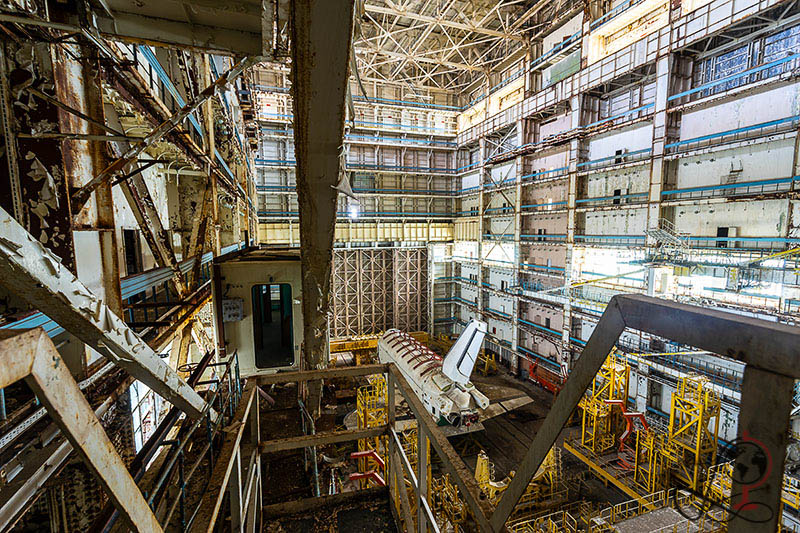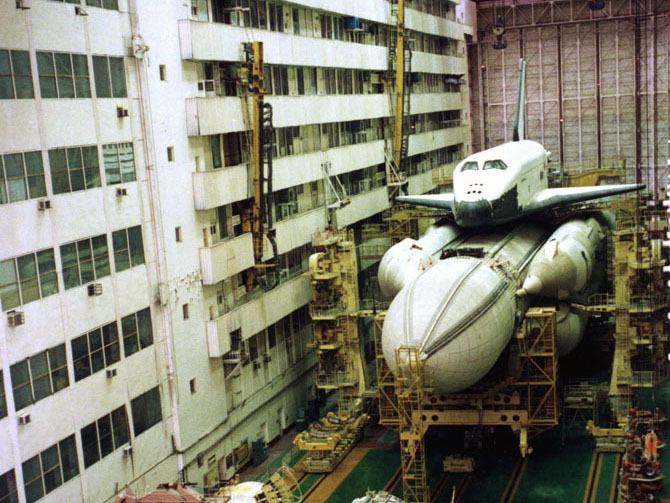
The automated launch sequence performed as specified, and the Energia rocket lifted the vehicle into a temporary orbit before the orbiter separated as programmed. OK-1K1 was lifted into space, on an unmanned mission, by the specially designed Energia rocket. The only orbital launch of a Buran-class orbiter occurred at 3:00 UTC on 15 November 1988 from Baikonur Cosmodrome launch pad 110/37. Shuttle program did, if not for the complete and utter upheaval that was about to befall the Soviet Union (and had already begun). Was it perfect? Of course not - but it had just as bright a future as the U.S.
#Buran shuttle in hangar full#
Buran was also designed and developed a full ten to twelve years after the Columbia-Class Shuttles, and benefited from much better design practices, technology, and engineering by comparison (due to the march of progress).

Shuttles after the Challenger accident brought them up to the 1.2 specification and small, continual upgrades afterward would eventually get them to 1.25 until they were retired.īuran-Class was quite an evolution, from an Engineering and Technical standpoint, and had a lot of capabilities that the U.S. Think of the Buran-Class Shuttles as a version 1.5 design, compared to the 1.0 design of Columbia/Challenger/Discovery and the 1.1 design of Atlantis/Endeavour. It took much more grunt to get them off the ground, and more grunt to stop them once they landed (thus the three-parachutes). The tail section was taller, the nose was longer, larger wingspan, flight characteristics were different, and Buran could be remote-piloted. "Columbia-Class" ones, with wider Cargo Bays, and were quite heavy compared to the U.S.

The Buran-Class were actually larger shuttles than the U.S. The only thing they had in common (roughly speaking) was appearance. The Russian Shuttles were their own breed.


 0 kommentar(er)
0 kommentar(er)
